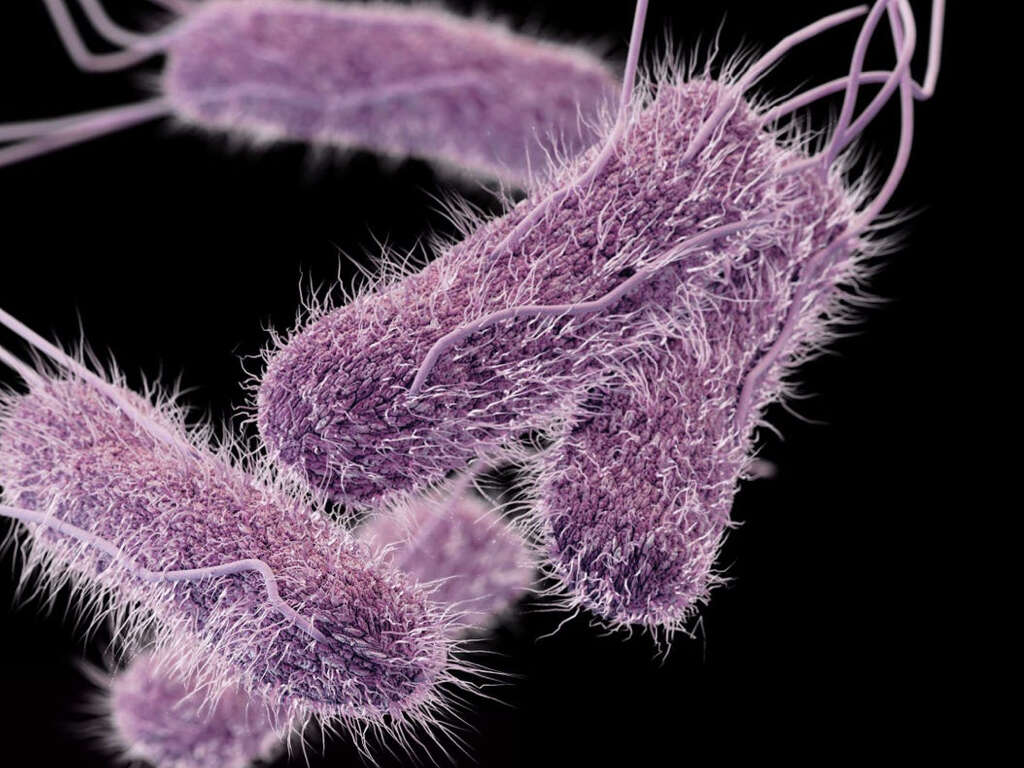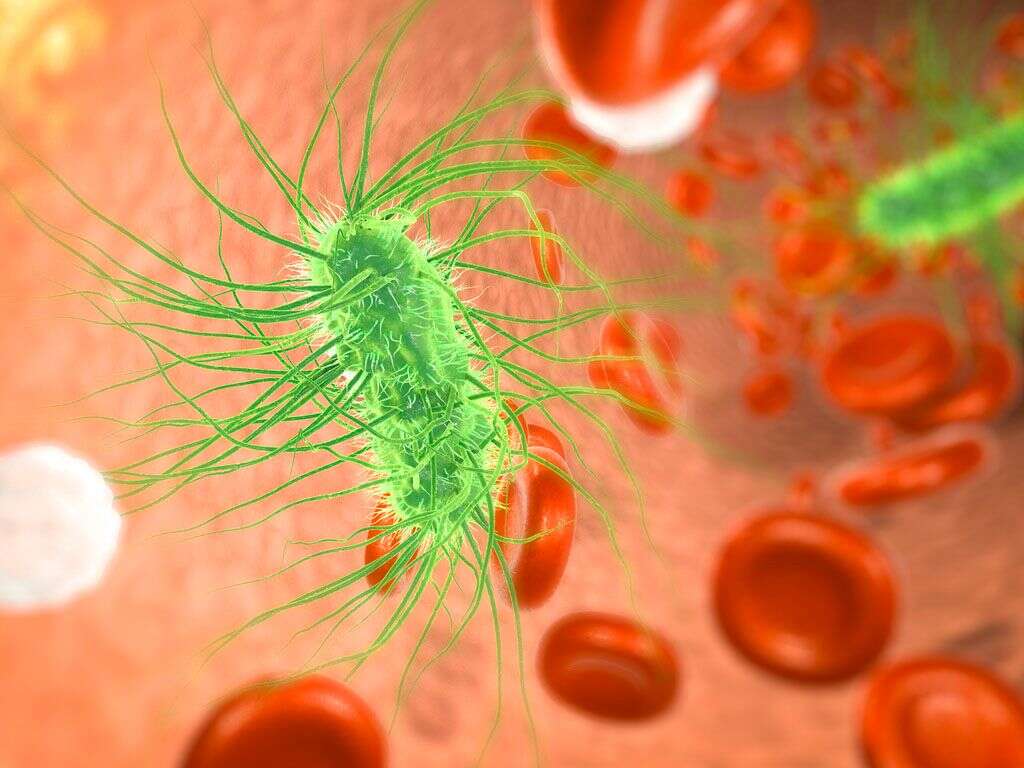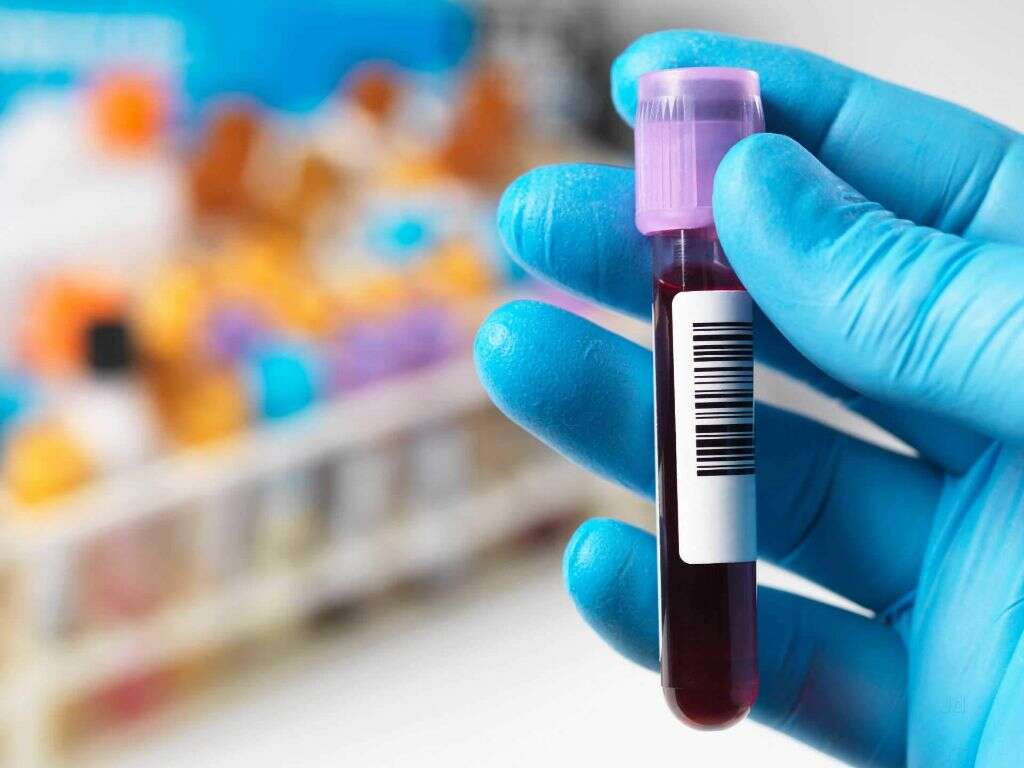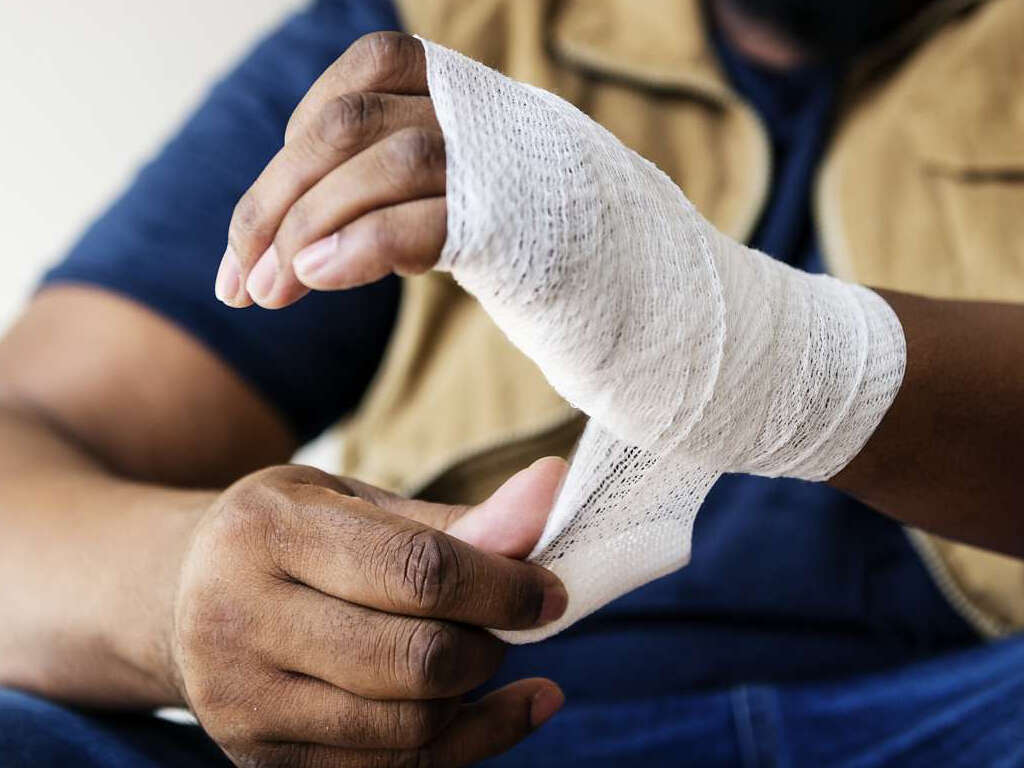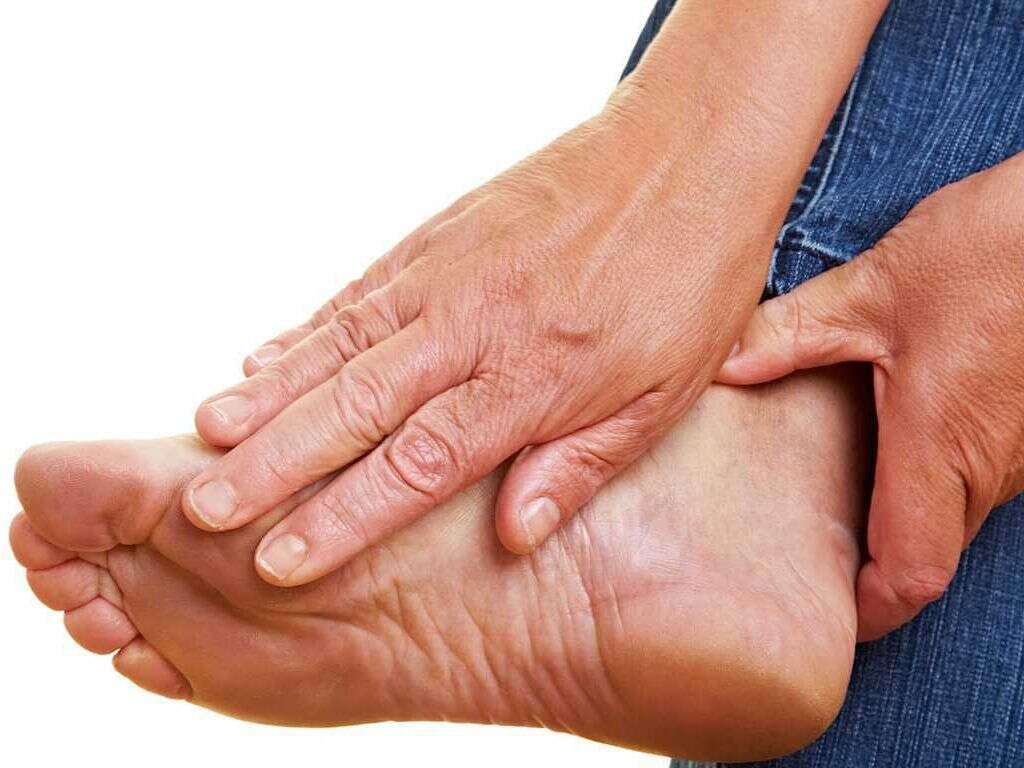10 Gangrene Symptoms
Gangrene is a life-threatening medical condition that can have a great impact on quality of life. Gangrene can be defined as a type of localized tissue death that is caused by a prolonged restriction of blood supply or bacterial infection. Additionally, gangrene can be superficial (i.e. skin), or involve deep tissues (i.e. muscle). It can affect different parts of the body, including the extremities, the gastrointestinal tract, and the testes. The two main types of gangrene are dry gangrene and wet gangrene.
In dry gangrene a type of cell death known as coagulative necrosis, takes place. It is caused by a prolonged interruption of a tissue’s blood supply (ischemia) and it usually does not involve an associated infection. Furthermore, the architecture or “coagulated form” of the dead tissue is preserved for some time. Dry gangrene appears as shrunken, dry, and black or red tissue. Finally, it is most commonly seen in the extremities as a result of atherosclerosis (plaque formation in the walls of blood vessels) in peripheral artery disease. Thus, it is a fairly common complication in people with diabetes, hypertension, and high cholesterol.
1. Skin Discoloration
Skin discoloration is usually one of the first clear signs of gangrene onset, especially in the extremities. In most types of gangrene, the blood supply to the affected region is compromised. As a consequence, the skin can turn pale, blue or even purple. Finally, when the cells in the tissue start to die, the skin may turn brown or even completely black.
Dry gangrene will commonly start in the distal part of the limb and progress slowly upwards, stopping where there is finally adequate blood flow. Hence, in dry gangrene there is usually a clear line of separation between the healthy tissue and the gangrenous part. Conversely, in wet gangrene there is no clear-cut line of demarcation between viable and non-viable tissue.
2. Swelling
One important sign of gangrene is the swelling or edema that surrounds the affected body part. For example, it is one of the initial signs of wet gangrene. Additionally, it may be associated with redness, warmth, and the formation of oozing blisters on the surface of the skin. Furthermore, a rare type of gangrene known as gas gangrene, can also produce massive swelling in the affected region. It is caused by a genus of gas-forming bacteria known as Clostridium. Gas gangrene is a medical emergency because it spreads quickly and it is highly fatal.
Another rare type of gangrene is Fournier’s gangrene (FG). It is a type of necrotizing fasciitis, which means that it entails the death of certain tissue under the skin, that results of a bacterial infection (i.e. streptococcus pyogenes). FG commonly affects the genital and perineal area, especially in males with diabetes; although it can also affect children and women. The initial signs and symptoms of FG include severe pain and local swelling in the affected area.

3. Severe Pain
Pain a subjective sensation that is present in most types of gangrenes. For example, in the early stages of dry gangrene, a dull and aching pain can appear. Then, the affected extremity becomes cold, wrinkled, and dry, but insensitive to the touch. If untreated, self-detachment of the dead tissue from the viable tissue can occur (autoamputation). This a very uncomfortable phase for the affected person, and it usually takes several months. Additionally, complications may arise in the process. For example, the wound may become infected and progress to wet gangrene, which is commonly an extremely painful condition.
Gangrene can also occur in internal organs, such as the intestines, appendix, and gallbladder. When the blood flow to an internal organ is restricted, tissue death occurs and internal gangrene ensues. The specific name for the condition will depend on the organ affected.
4. Discharge
Recall that wet gangrene involves bacterial infection in the affected region. Bacteria degrade dead or necrotic tissue, causing its decomposition and producing foul-smelling products, in a process known as putrefaction. This process rarely occurs in dry gangrene, because the low levels of oxygen make it difficult for bacteria to thrive and degrade tissue. However, it is possible for dry gangrene to progress to wet gangrene. Common features of wet gangrene include swelling, a wet appearance of the lesion, and the formation of fluid-filled blisters and sores. Additionally, a foul-smelling discharge or pus can derive from these infected lesions (i.e. blisters that rupture).
Another type of gangrene, known as gas gangrene can also produce a discharge with a sweet odor. Unlike other gangrenes, the discharge in this infection is not purulent or pus-like. Instead, it is usually labeled as “dishwater pus”, which means that it has a thinner consistency than normal pus. This is attributed to the effect of certain enzymes and toxins released by the bacteria on white blood cells (neutrophils).

5. Cold Skin
Cold skin is an early sign in most types of gangrene. In fact, most patients complain of a cold and numb sensation in the area affected. Additionally, it can also feel cold to the touch. This sign is especially common in dry gangrene, where the tissue initially turns cold, pale and shrunken. As mentioned, this decrease in the temperature of the skin or in the affected tissue happens because its blood supply is restricted or completely blocked.
A good example of this sign is seen in dry gangrene, which is especially common in people with diabetes. The high levels of blood sugar in this condition, damage blood vessels and nerves. The former leads to the interruption of blood flow to distal body parts and impairs the process of wound healing, while the latter results in the loss of peripheral nervous sensation, which predisposes to mechanical trauma in the pressure points of the extremity. Especially with poor disease management, this can lead to the appearance of sores (ulceration) in the area, that can later progress to dry or even wet gangrene. In diabetics, this process is most common in the feet; in fact, foot ulceration affects 1 in 10 diabetics during their lifetime.
6. Fever
Fevers are actually part of the body’s self-defense mechanism against foreign pathogens. Fever is defined as a temperature of 100.4° F or greater, measured with a thermometer. A person with fever may refer feeling warm to the touch, or give a history of feeling feverish; however, the use of a thermometer is necessary to provide your healthcare provider with accurate information.
Importantly, people who develop gangrene can exhibit fever as a symptom, especially if the process involves bacterial infection. This is true for patients with wet gangrene, internal gangrene, or gas gangrene. Similarly, if any of these infections is severe and spreads throughout the body (sepsis), fever and chills can also present as symptoms. However, abnormally low body temperatures (< 36ºC) can also be indicative of sepsis.

7. Numbness
Numbness refers to a loss of sensation in a body part. In many conditions it can be also associated with a pins-and-needles or burning sensation. Importantly, this symptom is not specific for gangrene. As mentioned previously, pain can occur with the onset of gangrene in a tissue. However, as gangrene progresses the nerves that provide sensation to the affected region are also damaged.
Eventually, the nerves in the gangrenous area die, and, as a result, the person will experience numbness. Moreover, the sensation may impair the normal movement of the extremity. In dry gangrene, numbness can be accompanied by changes in color (i.e. purple, black), texture (i.e. dry, hard), and temperature of the tissue.
8. Confusion
The alteration of a person’s mental status or brain function can sometimes be characterized as confusion. It is a nonspecific symptom, and it can be seen in many conditions. A person in this state will usually have difficulty focusing during a conversation and they will have random and disorganized thoughts. Simultaneously, they can also exhibit alterations in awareness or disorientation (on time and place).
Unfortunately, if the bacterial infection from the gangrenous area spreads throughout the body it can cause a life-threatening condition known as sepsis. Importantly, sepsis is not an exclusive process of gangrene. Sepsis is defined as an abnormal and exaggerated bodily response to an infection, that triggers changes that can harm multiple organs. This can cause severe organ dysfunction and progress to septic shock and death. In sepsis, mental status changes can occur due to inadequate perfusion and oxygen delivery to the brain.

9. Bullae
Bulla is a medical term for a fluid-filled lesion that is usually larger than a regular blister. To classify as a bulla, it must measure roughly more than 0.5 centimeters in diameter. Bullae can be caused by inflammatory skin conditions or infections. Finally, note that bulla is the singular of bullae.
Bullae are a common sign of gas gangrene. In this case, they are an external sign of the activation of the body’s immune response in reaction to bacterial toxins. First, the infection manifests with pain and local swelling. Then, a watery and pink fluid starts to drain from the tissue and the color of the skin (overlying the affected muscle tissue) changes to bronze. Finally, the skin turns a blue or black color and bullae containing a hemorrhagic fluid can appear on the surface. Gas gangrene is a medical emergency that should be diagnosed and treated promptly.
10. Crepitus
Crepitus is a clinical sign characterized by a crackling sound and/or sensation under de skin, in the joints, or around the lungs. It denotes the infiltration of gas in a tissue where it does not normally belong. If gas penetrates the tissues under the skin it is known as subcutaneous crepitus. Furthermore, when touching the area, it will have a characteristic crackling sound and/or sensation, that has even been compared to touching puffed rice.
Gas gangrene is produced by bacteria of the Clostridium genus. These are bacteria that produce gas within tissues through the fermentation of sugars. Gas can accumulate beneath the skin or within deeper tissues and cause crepitus. If a person that has suffered a traumatic injury presents with a rapid onset of local swelling, crepitus, and black or necrotic tissue, they should be promptly evaluated for gas gangrene.




